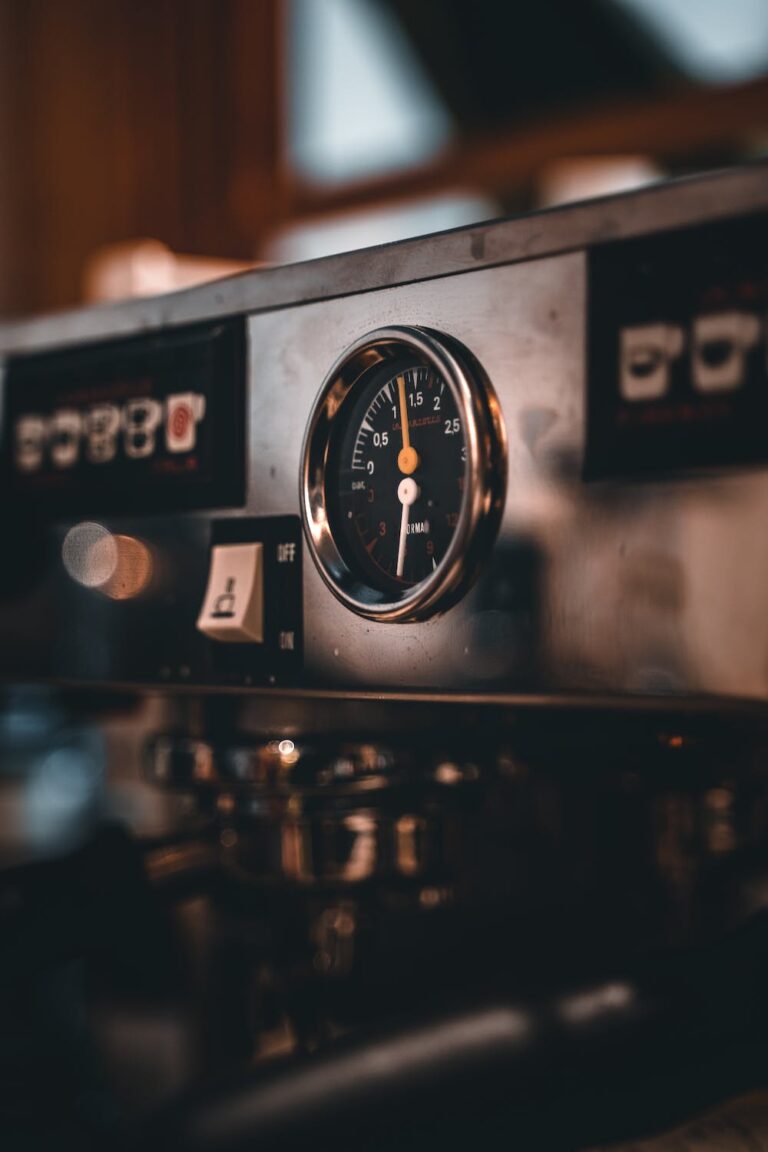So, How Much Caffeine Is in a Shot of Espresso?

Introduction 👋
When it comes to caffeinated beverages, espresso stands out as a popular choice for coffee enthusiasts seeking a strong and flavorful kick. But have you ever wondered how much caffeine is actually in a shot of espresso? In this comprehensive guide, we’ll delve into the caffeine content of espresso, explore its differences compared to regular coffee, and uncover factors that influence the levels of caffeine in this beloved coffee brew.
How much Caffeine in 1 Shot of Espresso? 1️⃣
A standard one-ounce shot of espresso contains approximately 63 mg of caffeine.
Data from the Department of Agriculture
This concentration is significantly higher than regular coffee, which averages only 12 to 16 mg of caffeine per ounce. The strong taste and stimulating effects of espresso can be attributed to this higher caffeine content.
How much Caffeine in 2 Shots of Espresso? 2️⃣
A double shot of espresso, which measures around 2 ounces, contains approximately twice the caffeine of a single shot, ranging from 100 to 160 mg. If you’re seeking an extra dose of caffeine, a double shot might be your go-to choice. However, it’s important to remember that some specialty coffee drinks incorporate multiple shots of espresso, leading to much higher caffeine levels.
How is Espresso Caffeine different from Regular Coffee? ☕️
When comparing the caffeine content between espresso and regular coffee, it’s evident that a standard eight-ounce cup of brewed coffee contains roughly 96 mg of caffeine. In contrast, a one-ounce shot of espresso contains approximately 64 mg. So, if you’re looking to limit your caffeine intake, opting for an espresso shot might be a wise decision.
What factors affect the Caffeine Levels in Espresso 🎚️
The caffeine content in espresso can vary due to several factors:
Coffee Bean Variety
Different types of coffee beans, such as Arabica and Robusta, have varying caffeine concentrations. Robusta beans, commonly used in espresso blends, tend to have higher caffeine content than Arabica beans.
Roast Level
The degree of coffee bean roasting influences caffeine levels. Darker roasts generally contain slightly less caffeine than lighter roasts.
Brewing Time
The duration of the espresso extraction can affect caffeine concentration. A shorter extraction time may result in a lower caffeine content.
Grinding Size
The fineness of the coffee grounds used for espresso preparation can impact caffeine extraction during brewing.
Water Temperature
The temperature of the water used during the espresso-making process can affect the solubility and extraction of caffeine.
How to Managing Caffeine Intake with Espresso 🤔
For those who enjoy the rich flavors of espresso but wish to moderate their caffeine consumption, consider the following tips:
- Opt for Single Shots: Stick to single shots of espresso to keep caffeine levels in check while still enjoying the distinct taste.
- Choose Decaffeinated Espresso: Decaf options are available for espresso lovers who want to savor the experience without caffeine.
- Monitor Your Daily Intake: Keep track of your overall caffeine consumption from all sources, including espresso, to stay within recommended limits.
- Balance it with alcohol: Espresso Vodka has a combination of uppers and downers which provides a softer balance but has its own risks.
Conclusion 🎉
The caffeine content in a shot of espresso undoubtedly makes it an enticing option for coffee aficionados looking for a strong and invigorating experience. With approximately 63 mg of caffeine per ounce, espresso packs a robust punch. Remember that various factors can influence caffeine levels, so experimenting with different brewing methods can help you find your perfect balance. Whether you prefer a single shot or a double dose, enjoy your espresso responsibly to make the most of this delightful coffee brew. If you want to learn more about espresso in general, check out our homepage!






